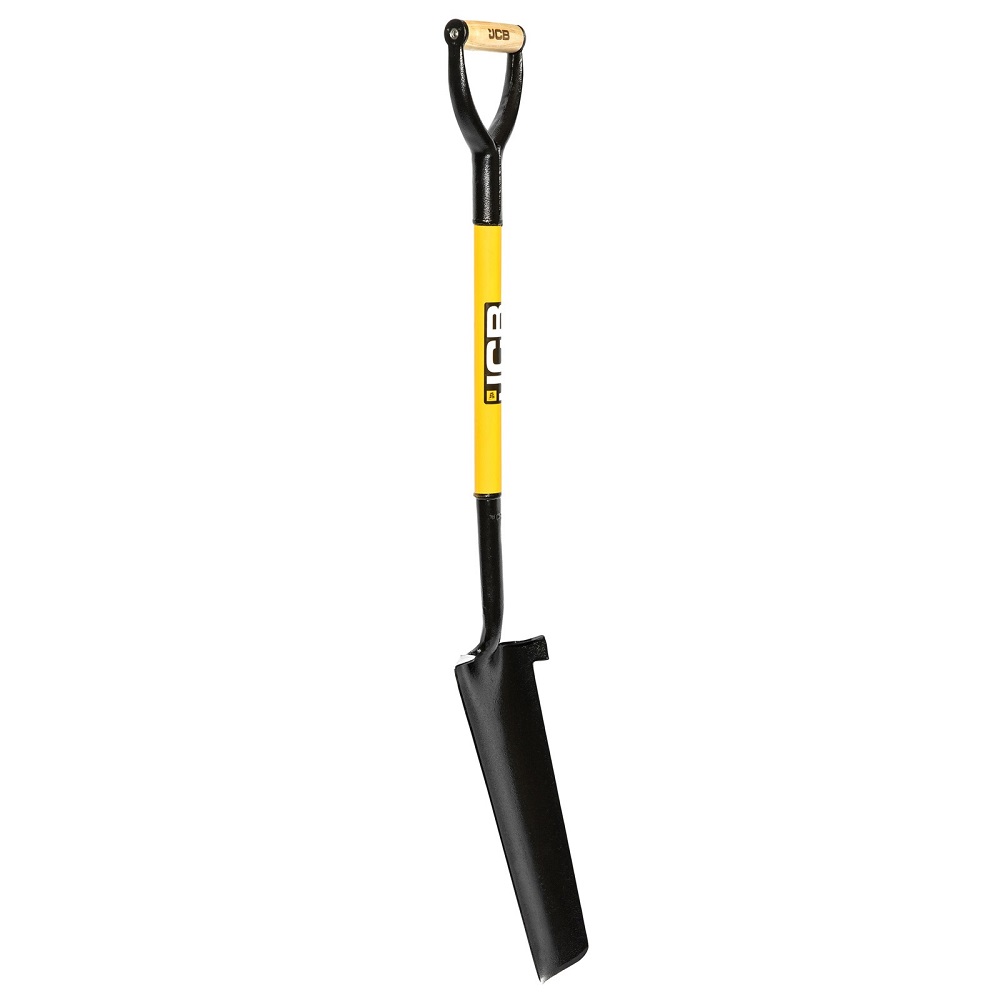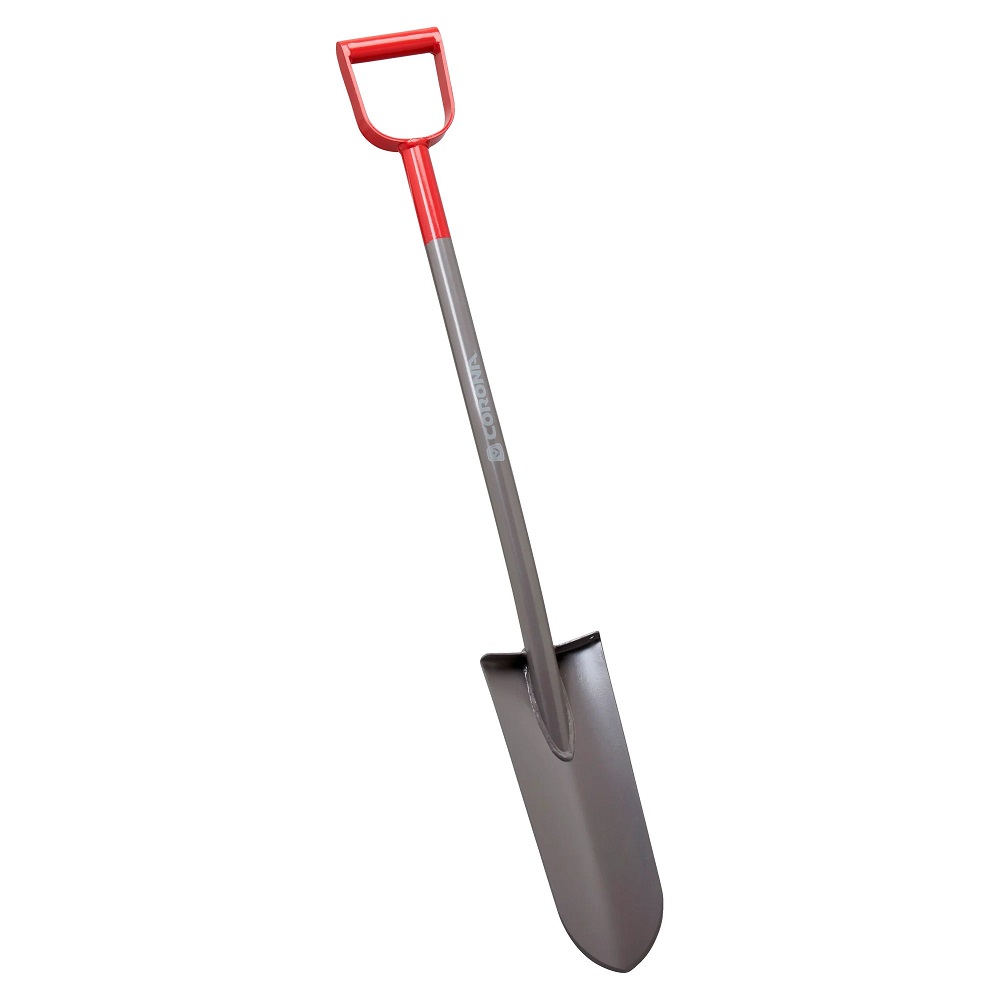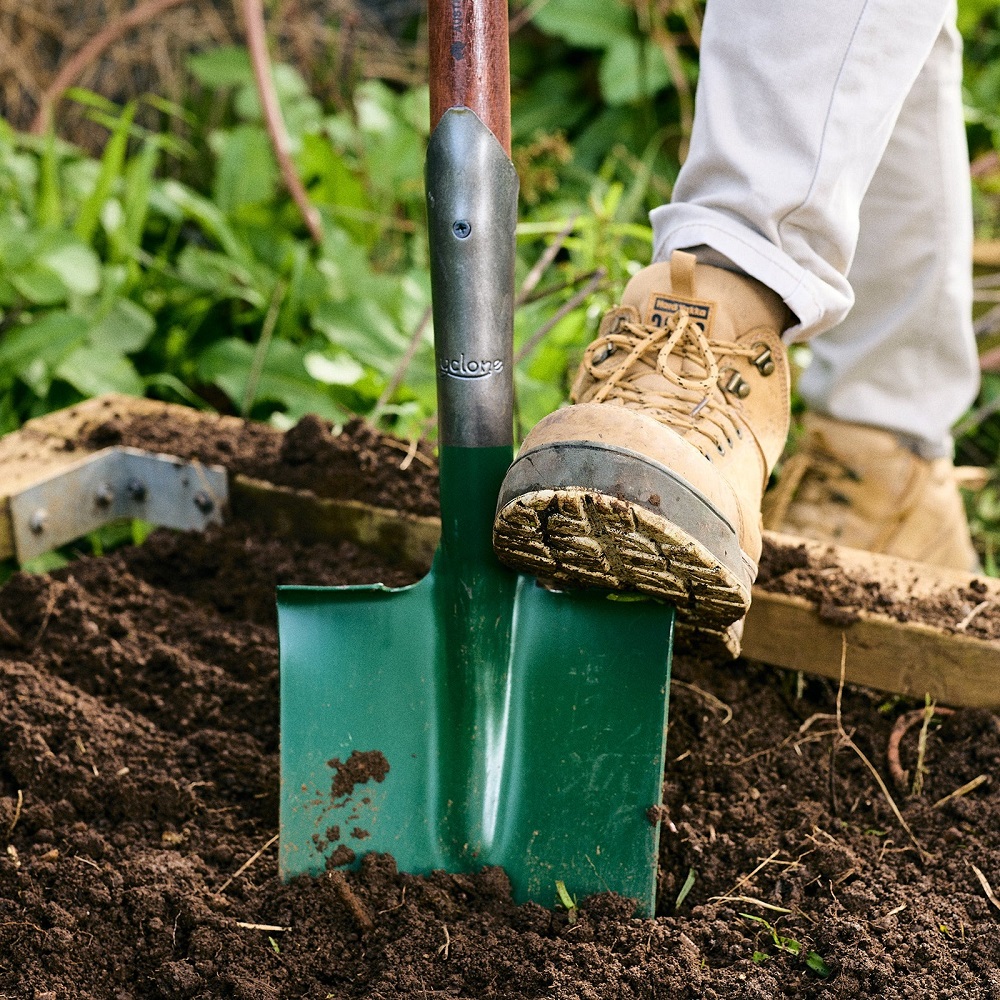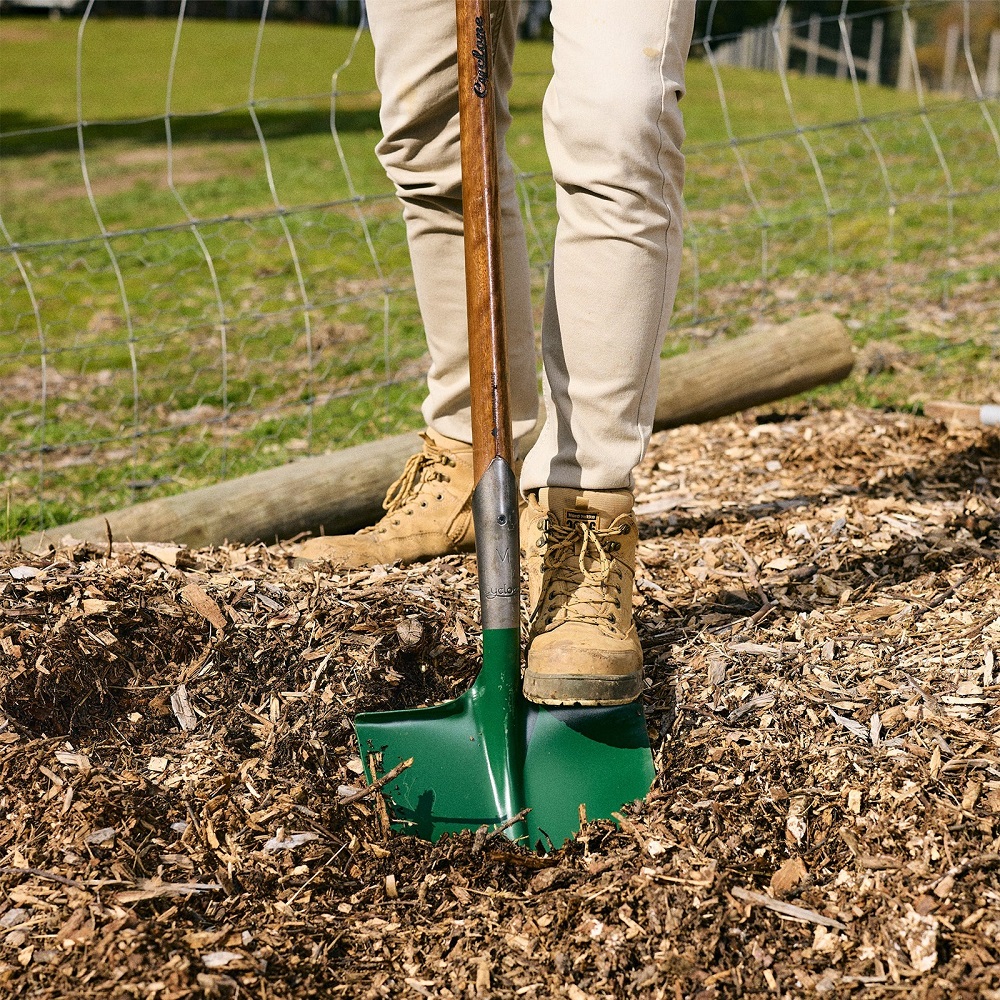Introduction to Digging Tools
The right digging tool can make or break a gardening project. That’s why understanding the difference between a spade and a shovel is essential Both tools have unique features and uses in the garden. A spade typically has a flat, rectangular blade. It’s perfect for slicing through soil and turf. On the other hand, a shovel has a broad, curved blade. It’s ideal for moving loose material like soil, gravel, or compost. Whether you’re a seasoned gardener or a DIY enthusiast, knowing which tool to use can save time and effort. In this blog, we will delve into the ‘spade vs shovel’ debate. We aim to give you clear guidance on their distinct roles. This will help ensure that your gardening work is not just easier, but also more effective.
Historical Background of Spades and Shovels
Tracing the origins of digging tools sheds light on their development. Early civilizations relied heavily on hand tools for agriculture. Spades and shovels emerged as fundamental for survival. The spade, with its flat blade, dates back to classical times. It served as an essential tool for farming and construction. Shovels, distinguished by their scooping design, have been pivotal in earth-moving tasks. These tools have evolved over centuries. Craftsmen initially forged them from metal and wood. The industrial revolution brought advanced materials and manufacturing processes. This led to the robust and ergonomic designs we see today. Both spades and shovels have played crucial roles in shaping societies. They have been by the side of humans, aiding in building structures and cultivating land. Understanding their historical significance helps appreciate their design differences and uses. Let’s remember, the context in which these tools were created informs their modern application.
Defining the Spade
To further understand the ‘spade vs shovel’ debate, let’s define what a spade is. A spade is a tool designed for cutting and edging. Its flat, rectangular blade is sharp. This allows for precision work in the garden. Unlike a shovel, a spade has a shorter handle. This offers better control for digging and shaping. The blade of a spade is also less curved than that of a shovel. It aligns more closely to a 90-degree angle with the handle. The flattened blade can easily slide under turf or soil. This makes it superb for creating clean, straight edges. Spades are crafted for specific tasks, such as planting or creating beds. The layout of a spade contributes to less soil being moved at once. Thus, it’s not suited for scooping or moving large amounts of dirt. In your garden toolbox, a spade serves as a precision instrument. It’s about accuracy and neatness over volume and speed. Remember, a spade’s blade can cut through dense soil. Its design allows you to apply more force at the blade’s end. This force is directed straight down, making it efficient for its intended use.

Understanding the Shovel
After exploring the spade’s features, we turn to its counterpart, the shovel. This tool stands out for its ability to move material. Unlike the flat and rectangular spade, a shovel has a broad, curved blade. This shape makes it a powerhouse for scooping and transferring soil, compost, or gravel. Its blade typically forms an arc. This curvature helps it dig into piles of material with ease.
Shovels come with longer handles than spades. This length gives you leverage. It allows for the efficient movement of large quantities. When you need to clear a site or fill a hole, a shovel is your go-to tool. It can lift and toss material, making heavy work lighter.
Remember, the shovel’s curve can limit precision. It’s not crafted for cutting or edging. Instead, it excels in tasks where volume is more important than accuracy. The design suits its function. You can see this in every scoop and toss it enables. A shovel is often the first tool to break ground on a new project. It’s also the last to leave when the work’s done.
In summary, shovels work best for tasks that require moving loose materials. They handle bulk work, saving you time and effort in the garden or on a construction site. Whether you’re spreading mulch or digging a hole, reach for the shovel. It’s designed to help you manage tasks that would be arduous with a spade.
Comparative Analysis: Spade vs Shovel
When considering spade vs shovel, it’s clear that each serves a unique purpose. Both are essential for different tasks in gardening and construction. To compare them is to understand their specific functions.
With a spade, the focus is on precision. Its design allows for clean cuts in the soil. It’s ideal for edging, shaping beds, and transplanting plants. The spade is about finesse, making sure every move is intentional and sharp.
On the other hand, a shovel’s strength is in its ability to move material. Its curved blade scoops up soil or compost easily. When there’s a need to shift large amounts, a shovel is unmatched. It’s the tool of choice for clearing debris, digging holes, or spreading mulch.
The length of the handle plays a role too. A spade’s shorter handle means you’re closer to your work area. It gives better control for detail-oriented tasks. In contrast, a shovel’s long handle offers leverage. It means less strain on your back when moving heavy loads.
Blade shape is another critical difference. A spade’s flat blade works well in dense soil, cutting straight down. A shovel’s rounded blade isn’t for cutting but for scooping and collecting.
Each has its place in the shed. A spade delivers neatness and precision. A shovel handles the bulk of moving and clearing. Knowing which to use can make your work more efficient and easier. Keep these comparisons in mind to choose the right tool for the right job.
Key Design Differences and Their Impact
The design differences between a spade and a shovel are not just cosmetic. They impact functionality and the efficiency of gardening and construction tasks. Reflect on the spade’s flat, rectangular blade, ideal for slicing cleanly through soil. Its less curved interface compared to a shovel translates to precise, straight edges in your garden beds. On the other hand, a shovel’s broad, curved blade, designed to scoop and transfer material, is less about accuracy and more about volume. Consider the handle length as well. A spade’s short handle offers more control and is better for tasks requiring careful attention, like edging or creating shapes in the landscape. Conversely, a shovel’s long handle provides leverage when moving heavy or bulky materials, reducing back strain and physical effort.
The shapes of the blades are crucial in their function. A spade’s blade is best for digging into dense ground because of its sharp edge and ability to cut vertically. This makes it superb for tasks like planting where precision is critical. A shovel’s rounded edge, however, acts like a scoop. This is practical for tasks that involve gathering or spreading materials, like mulch or loose soil.
In essence, the key design differences between a spade and a shovel—the shape of the blade, the length of the handle, and the blade’s edge—all lead to specific impacts on their use. The spade is precise, making it ideal for intricate garden work. The shovel is versatile, capable of handling a variety of tasks that require the movement of materials in larger quantities.

Optimal Uses for a Spade
A spade shines in precision tasks in the garden. Use it when you need clean, straight lines. This is like when edging flower beds or sidewalks. It cuts cleanly for neat, tidy results. A spade is also perfect for transplanting. Its shape lets you dig out plants without damage. When splitting perennials, it’s unmatched. The sharp blade divides plants quickly and smoothly.
Turn to a spade for creating garden beds. It helps you carve out exact shapes and sizes. For planting bulbs or seedlings, a spade is your best bet. It digs small holes that are just right. It’s also great for cultivating soil. The flat blade can slice through turf, making it ideal for sod removal.
Choose a spade when working in tight spaces. Its compact head maneuvers easily between plants. It limits disturbance to established vegetation. When you want to add sharp definition to your lawn, a spade is essential. It creates crisp edges that define garden spaces beautifully.
In conclusion, a spade is for detailed garden work where control and neatness are key. Its design is for cutting, shaping, and precision digging. Reach for a spade when accuracy matters more than speed or volume.
When to Use a Shovel
The shovel is designed for tasks that involve moving loose materials. Use it when you have to transport soil, compost, or gravel. Its broad, curved blade is perfect for scooping up these materials efficiently. Whenever you need to clear a site, think of the shovel. It lets you pick up and shift large amounts of debris quickly.
Handling bulk work is where a shovel shines. If you’re filling a hole or laying the foundation for a new flower bed, grab the shovel. Its long handle gives you the leverage needed for these heavy tasks. It reduces the strain on your back, which makes the job easier.
When it comes to spreading mulch or leveling ground, the shovel is your friend. Its curved shape is not made for precision, but it spreads materials over wide areas with ease. If you’re creating a large planting area, use the shovel to mix in amendments.
Digging post holes is another job for the shovel. It cuts through loose soil quickly. This lets you make the deep, wide openings needed for fences or signs.
In summary, use a shovel for heavy lifting and moving. It’s the tool that completes the tasks that require more force and less precision. Whether you’re starting a new project or cleaning up, the shovel helps you get the work done faster and with less effort.
Maintenance and Care for Digging Tools
Proper maintenance is key for all tools, including spades and shovels. It extends their life and keeps them functional. Always clean your tools after use. Remove dirt and soil with a brush or hose. Dry them well to prevent rust. Store them in a dry, covered area to avoid weather damage.
Sharpen the blade of a spade regularly. A sharp blade cuts through soil with less effort. Shovel edges may become dull. Sharpening them improves their digging capability. Check handles for splinters or cracks. Repair or replace them if needed to ensure safety and efficiency.
Oil wooden handles to keep them from drying out and cracking. Metal parts can benefit from an occasional coat of oil. This protects them from rust and corrosion. Hang tools or keep them off the ground. This prevents moisture damage and keeps them within easy reach.
Inspect your tools before each use. Look for any signs of wear or damage. Tighten any loose screws or bolts. Replace any part that seems worn out. This helps prevent accidents and ensures the tool works as intended.
Follow the manufacturer’s instructions for specific care. Some tools may require special attention or products. Taking care of your digging tools helps ensure they are ready when you need them. It also makes gardening and construction work more enjoyable and less strenuous.

Conclusion: Selecting the Right Tool for the Job
Choosing between a spade and a shovel depends on the job at hand. For precise work, select a spade. It’s best for sharp edges and detailed tasks like planting. If the job involves moving loose materials, a shovel is ideal. Its curved blade and long handle are made for heavy work and speed. Remember to maintain your tools after each use. Clean and store them properly to extend their life. Sharp tools save effort, so keep your spade and shovel edges keen. Inspect them regularly for safety and efficiency. Whether you’re a gardener or a builder, knowing the key differences can make your work easier. Pick the right tool, and you’ll get the job done faster with less effort.
